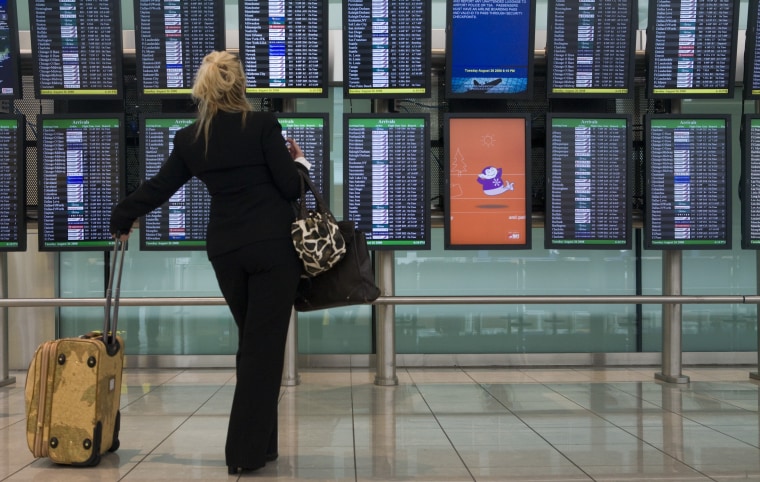The three-hour rule alarm clock has gone off.
Starting Thursday, air travelers have something they’ve never had before: regulatory protection against tarmac delays of three hours or longer. Whether that’s good, bad or unnecessary is a matter of opinion, but it already looks like the new rules will offer both more and less than many people have bargained for.
Big fines for bad performance
Announced by the Department of Transportation (DOT) last December, the new rule runs 81 pages and seeks to enhance airline passenger protections on several fronts. It takes effect April 29.
The heart of the regulations deals with extended tarmac delays and mandates that passengers on domestic flights be allowed to disembark after three hours (provided doing so doesn’t create a safety or security issue or interfere with airport operations). The fines for violating the rule are as high as $27,500 per passenger, which works out to $3 million or more for a stranded 737.
According to government statistics, 903 planes with passengers onboard were stuck on the ground for three hours or more last year. Among the most notorious examples — and the fuse that got DOT fired up — was the stranding of an ExpressJet flight in Rochester, Minn., in August. That mishap, which left 47 passengers onboard overnight, resulted in a fine of $175,000.
High-profile incidents aside, however, the number of passengers stranded for three hours or more is exceedingly small, one reason the airline industry opposes a “hard” limit. According to John Meenan, chief operating officer for the Air Transport Association, “just 0.014 percent of flights experienced delays of three hours or more ... that’s one in 7,143 flights.”
Then again, it’s something else entirely if you happen to be on that one flight. As Amy Cohn, associate professor of industrial and operations engineering at the University of Michigan, says, “If you’re one of 200 people who spends an entire night on a plane on the ground, it really doesn’t matter if you’re one in a million.”
Fewer delays, more cancellations?
While extended tarmac delays impact relatively few passengers, the airlines’ efforts to comply with the new rule could affect millions. “If there’s a fine out there and the airlines are in doubt about what’s going to happen, they’ll become exceedingly cautious,” says industry consultant Darryl Jenkins. “We’ll probably see an enormous number of cancellations.”
{
"type": "Slideshow",
"element": null,
"html": null,
"ecommerceEnabled": false
}“More cancellations?” responds Kate Hanni, who spearheaded the push for tarmac-delay rules as executive director of FlyersRights.org. “They ought to be looking at how to cancel flights when weather’s coming in. They should cancel flights as soon as possible so people’s trips aren’t ruined.”
Of course, the comparative inconvenience of being stuck on a plane for several hours versus delayed for a day or more will always be in the eye of the beholder. “I’m a little claustrophobic and I travel with small kids,” says Cohn. “I’m going to want off that plane. But there are also people who are going to say, ‘I gotta get home; I don’t care how long we sit before we take off.’ ”
All of which suggests that the implementation of the new rule is more of a beginning than an end. There are the logistical issues of getting planes back to gates, especially at crowded airports, and ancillary issues with baggage, security and international flights (which are currently exempt). And, as the Rochester incident clearly demonstrated, communication — between airlines, airports, FAA, TSA and passengers — needs to be greatly improved.
{
"type": "Slideshow",
"element": null,
"html": null,
"ecommerceEnabled": false
}Additionally, supporters of the long-stalled FAA reauthorization bill believe that legislation, if passed, will provide long-term protection that more easily reversed regulatory rules don’t.
In the meantime — and different approaches aside — it should go without saying that nobody likes long delays and everybody agrees the problem has been poorly handled. “There’s no doubt that the airlines are sometimes their own worst enemy,” says Jenkins. “This has been around for a long time and they should have had rules and protocols in place to handle it.”
Rob Lovitt is a frequent contributor to msnbc.com. If you'd like to respond to one of his columns or suggest a story idea, .
